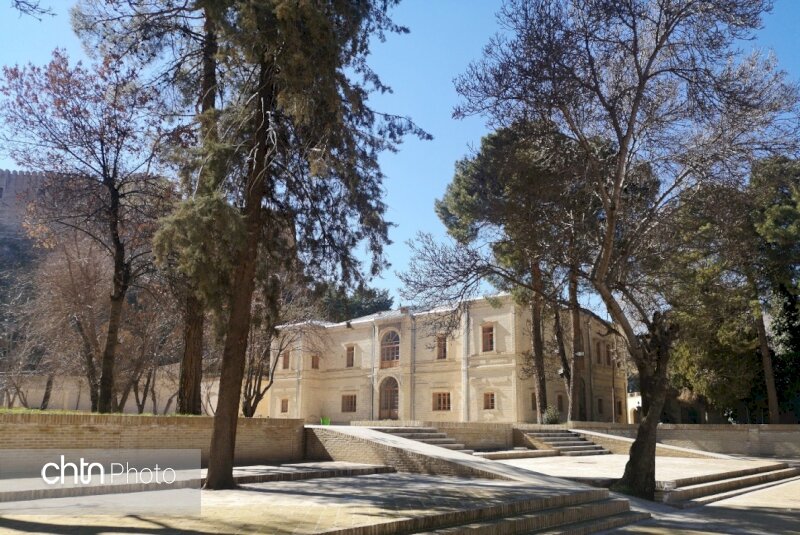Qajar-era garden undergoes restoration

TEHRAN-A restoration project has recently been commenced on the Qajar-era (1789-1925) Golestan Garden of Khorramabad, western Iran, which is situated adjacent to the Sassanid-era Falak-ol-Aflak Fortress in Lorestan province, the provincial tourism chief has said.
The restoration project will touch upon landscape design, floor covering, ponds, fountains, and tourist routes of the garden, Seyyed Amin Qasemi announced on Wednesday.
The garden was once the residence of the rulers of Lorestan during the Qajar period. It was a beautiful place full of towering trees. The garden included a bathhouse, a mosque, an artillery place, exterior and interior residents, which gave it a special setting.
A selection of nine Iranian gardens, which bear important architectural, traditional, and cultural elements, have been collectively inscribed on the UNESCO World Heritage list under the title of “The Persian Garden.”
The genuine concept of the Persian Garden that is deeply rooted in time interweaves natural elements with manmade components to embody an idea of creating a paradise on Earth by the means of artistic, philosophical, figurative, and religious notions.
According to UNESCO, the flawless design of the Persian Garden, along with its ability to respond to extreme climatic conditions, is the result of an inspired and intelligent application of different fields of knowledge, i.e. technology, water management and engineering, architecture, botany, and agriculture.
For millennia, Iranian gardens have combined the magic of nature with the aesthetic qualities of art and architecture to create a symbolic representation of paradise on Earth. UNESCO describes the Persian Garden as an idea that combines natural elements with manmade components to materialize the concept of Eden or Paradise on Earth.
ABU/AFM
